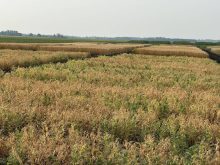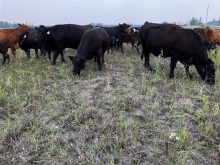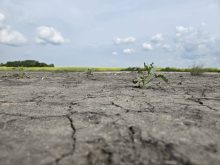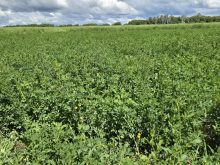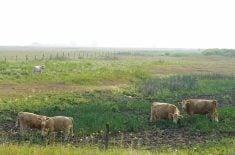Reuters / Recent snow, rain and cooler temperatures helped to ease suffering in some drought-stricken areas of the U.S., but others saw conditions worsen.
Monster storm Sandy, which devastated the eastern U.S. with heavy rains and high winds, had little to no impact on the driest areas of the American heartland. Indeed, the worst level of drought — “exceptional” — expanded in the U.S. South, which includes Oklahoma, Texas, and Arkansas.
Roughly 60.16 per cent of the contiguous United States was suffering from at least “moderate” drought as of Oct. 30. The area under “exceptional” drought — the most dire classification — ticked up to 5.89 per cent, mostly in western Kansas and Nebraska.
Read Also

Journal pulls long-cited glyphosate study for ethics violations
The journal Regulatory Toxicology and Pharmacology has retracted a 2000 Monsanto-linked glyphosate review, drawing new scrutiny as Bayer faces mounting legal pressure.
Nebraska is the worst-hit state, with just over three-quarters of it in the exceptional drought category. Winter wheat farmers who have planted or are wrapping up planting their new crop will need significant rainfall and/or snow to provide enough moisture to grow a healthy crop. About three-quarters of Kansas is in the second-worst “extreme” category, with half of that rated exceptional.
However, recent widespread rains have helped ease drought conditions in Illinois, Missouri, Minnesota and Iowa.



